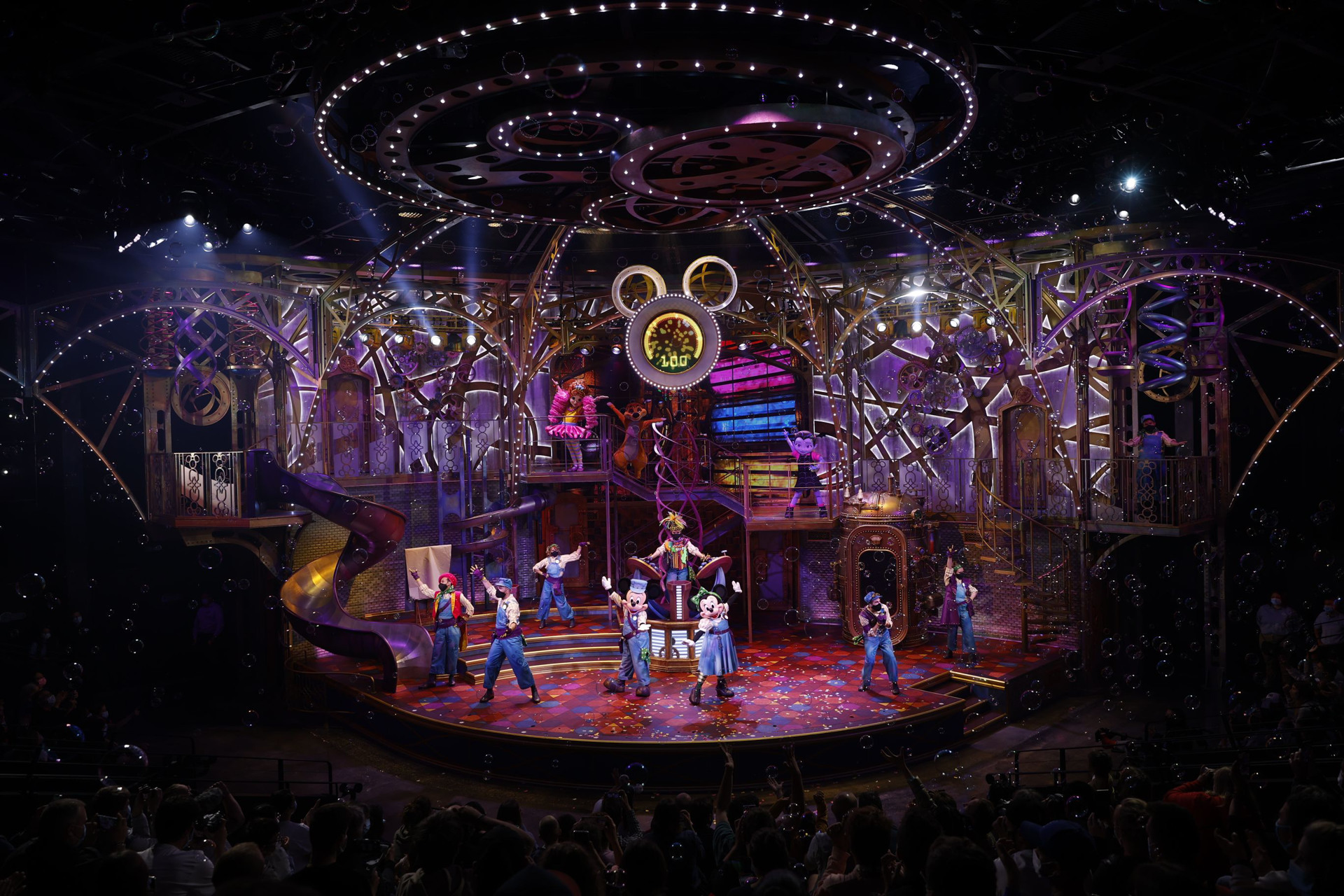o bring a show to life, it all starts with a great story that needs to be told. Ludovic-Alexandre, co-creator of this new production, tells us how he used his pen to bring dreams to life…
How did you become a writer for musical theater?
Nothing per se pre-destined me to work in the artistic world. I was trained as an engineer, with a doctorate from the École Centrale in Paris. A meeting with my close friend and composer Julien Salvia – with whom I have been writing musicals for 15 years now – changed everything. We started working together during our studies at Centrale, and when we left school, we decided to continue. We wrote The Prince and the Pauper, then Rapunzel and the Adventurous Prince, and The Little Match Girl (with Anthony Michineau), both nominated for Molières Awards. These were followed by The Adventures of Tom Sawyer and Around the World in 80 Days, performed at The Mogador and also nominated for Molières Awards. We also worked on animated series and shows in England, and I adapted shows from English to French such as Sister Act, Cats and Beauty and the Beast, always at The Mogador.
How did you come to work for Disneyland Paris?
It was my childhood dream! My first contact with musicals was with the great Disney classics of the 1990s. I dreamt of joining this great family! Julien happened to be one of the performers in The Forest of Enchantment: A Disney Musical Adventure performed at The Chaparral Theater from 2016 to 2017. It was there that he met the show’s producer, Claire Salmon. At the time, our Tom Sawyer was playing at The Mogador, and that’s how she discovered our work. Things fell into place naturally with Claire, Aurélien Berda – who was also working on the project – and Paul Chychota, the director of Disney Junior Dream Factory. For a first experience at Disneyland Paris, it has been a dream experience! And as luck would have it, Julien was also picked as one of the performers for the show!
What is the story behind Disney Junior Dream Factory?
There is a place on Earth where dreams from all over the world are collected to transform them into magic that is then spread throughout the world: it is the Dream Factory. Our Guests will have the unique opportunity to discover this wonderful place. As the story progresses, they realize that of the six employees in the factory, three are natural dreamers – Rotor, Gasket and Stylus – and the other three have more difficulties dreaming. Axel and Spark will need Fancy Nancy and Vampirina to learn how to convey their dreams while Miss Mallet, the head of the factory, is so busy running it that she has forgotten to dream. Thanks to Timon and the whole team, she will learn to dream again, and the whole factory will start working again.
How did you go about writing the show?
We went through many phases and versions before deciding upon the final one. In our first meeting with Paul, we thought about the concept and how we would represent dreams on stage. What is a dream? How does the factory work? These are all questions we asked ourselves to determine the core of our story. We also thought about which characters would be present and about the songs from Disney Junior that would help tell our story. Then we collaborated with Matt Hoverman, one of the writers on the Fancy Nancy Clancy series. He knows Disney Junior inside and out, and he lent us his expertise on the storytelling of all these Characters. We also translated some of the songs and dialogue, while being very careful to make sure that our story was understandable beyond the words, through the Characters’ body language and movements.
How do the Disney Junior Characters fit into the story?
We invited the Characters who would be the best at helping the workers who are having trouble dreaming. For Axel, we really needed the help of Fancy Nancy Clancy. He doesn’t dare to speak up and is hardly noticed. Fancy Nancy Clancy is going to teach him to dare to be himself, to express his chic and flamboyant side, like her! As for Spark, she is passionate about music but prefers to hide in the locker room playing the guitar. With her “rock star” side, Vampirina was the perfect Character to help Spark assert herself and show her talent to the world. She’s been there, done that, and gone down that same road. As for Miss Mallet, she’s a bit stuck in her manager role. Nothing better than Timon to teach her to let go and finally discover herself.
Mickey and Minnie are also in the show.
When the Factory breaks down, our six employees are in a bit of a panic, and to help them, they will need the dream experts: Mickey and Minnie! They are the ones who will magically summon all of the Disney Junior Characters to help out.
Disney Junior Dream Factory is a show that speaks to children and adults alike. How did you find the right tone to engage the whole family?
First of all, we had to be faithful to Disney Junior, and that’s where Matt was essential because he knows all the details. It was necessary that the Guests who know and appreciate these Characters find them as they are in our show. We also accomplished this through humor, like Timon’s jokes. Rotor, Gasket and Stylus form a very funny trio because they are Characters with very distinct personalities. Rotor is the nervous one who is a bit afraid of everything, while Gasket is the natural dreamer who reassures everyone. This contrast generates funny situations.
In another realm, Miss Mallet has let herself be locked up in this bubble of daily work and has lost sight of the child inside herself. This theme will speak to another part of the audience.
This is the richness of the show that can be read on different levels. Guests can come simply to have fun and be amazed because this show is full of energy with dancing, singing, magic, humor – it doesn’t stop! You can go even further and find more wonder, messages and emotions.
Guests will be able to share a family experience, go through all kinds of emotions and connect to different key moments in the story.
It’s such an incredible mix!
It’s kind of like a show choir: there are six individual factory workers, but they all come together around the same need to dream with the help of Disney Junior Characters. That’s how the connection with the audience is made. You come in as a Guest and in the end, you feel like you are part of this factory thanks to the Characters you identify with. Plus, when you add live singing, dancing and theatrical performance, all the pieces fit together naturally. There’s a sort of natural harmony between all the elements that are mixed in this show.
Speaking of harmony, how do the songs fit into the show?
The music has an essential place, and the songs really service the story. Nothing was free and easy. There was an enormous amount of vocal work between the six performers who sing live in several voices. It’s like in our story – the harmony between our Characters is that each brings their own tone and personality to sing the same song together. The “live” aspect of the show brings an incredible amount of energy, and when you hear these six voices resonating together, it’s magical! I can’t thank enough the teams who prepared our performers. It’s beautiful to see and hear. To imagine it all on paper and to see it take shape is just phenomenal!
How did you select the songs?
We were fortunate to have access to the Disney Junior repertoire which is extraordinarily rich. With Paul, we first listed all the songs associated with our Characters and noted the ones that would fit the most into the story we wanted to tell. At other times, we would start with the script and look for songs or even parts of songs that would fit into a particular moment in our show. Again, Matt was very helpful with these selections.
The script of Disney Junior Dream Factory also uses lots of accessories. How did you come up with them?
This was a really exciting aspect of creating the show. We talked about it from our very first meeting with Paul. We immediately asked ourselves how we would bring the dreams to life on stage and how this energy could be collected which had a direct impact on the sets and props. This is how we came up with the “dreamometer” which measures the dreams collected in the factory. There are all sorts of set elements, like the extraordinary transporter which allows people to teleport. And let’s not forget the slide! It was an obvious choice because it symbolizes the childhood that our natural dreamers have kept. This prop allowed for very original Character arrivals compared to what is usually done on theater stages.
We also looked for ways to physically represent the transformation of the Factory Workers and how that happens. When Spark has the courage to express his desire to be a rock star like Vampirina, we had to find him a guitar to match his ambitions! From there, a wonderful team effort was made with the Artistic Director, the Director, the Costume Designer and Props Designer, and everyone brought their imagination to contribute to the story. It’s yet another form of harmony, and the level of detail in the sets, props and costumes is splendid!
French Sign Language is present in a particularly original way in the show.
Absolutely! Not only do we have a French Sign Language performer during the performances to welcome the public and help them follow the show better, but the show’s choreographer Pierre Caumon made sure that some of the dancers’ movements integrate the sign language. It’s beautiful and just perfect.
A total experience!
Totally! There is a moment where the “fourth wall,” this virtual separation between the stage and the public, disappears. A true, immersive environment is created because we need everyone’s dreams. In those 20 minutes, Guests are allowed to dream and let go. It’s really a nice feeling, especially after what we’ve all just experienced over the past year. Now, more than ever, it’s important for us to dream.


